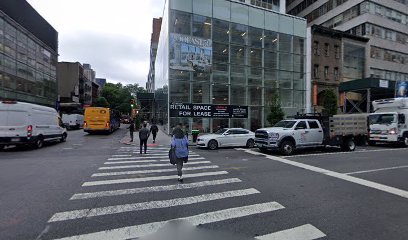How does one succeed a legend? It’s a question Robert Battle is not unfamiliar with. Next July, he’ll become artistic director of the Alvin Ailey American Dance Theater. Only, it’s hard to imagine the dance institution without Judith Jamison at its helm. In 1965, she joined the company, with which she danced for 15 years, becoming one of the modern dance world’s first globally recognized stars. In 1989, she became the company’s artistic director, at Mr. Ailey’s request. He had handpicked her to succeed him shortly before he died of AIDS. Now, she prepares to hand over the reins to Battle, a choreographer and former Parsons Company dancer, whom she tapped to replace her. As the company prepares to celebrate its last City Center season with Jamison as artistic director, Battle opens up about the way forward.
Did you have any idea that the job offer was coming?
There were inclinations, but I was in denial until [Judith] asked me if I was interested. From that moment, the long interview process began. The prospect only became visible to me during that stage. I’m a believer in visualization, in looking at something and imagining yourself in that situation. Imagination is powerful.
What direction would you like to take the company in as artistic director?
It’s about expansiveness. Ms. Jamison took the road map that Mr. Ailey left. It was about inclusiveness, the idea that these dancers are cultural ambassadors to the world. I intend to keep that in mind. I also want to seek out new choreography that challenges what we know about an Ailey dancer, while maintaining the tradition of the company — works that are important for the company, but for the culture as well.
How do you plan to keep the company relevant to younger audiences?
The company is already doing the right things. We’ve done “So You Think You Can Dance.” It was perhaps controversial. But Mr. Ailey said that dance comes from the people and it should be delivered back to them.
What are your earliest memories of the Ailey?
Watching videotapes of the company when I started dancing in Miami. I remember we would watch “Revelations” and “Cry.” Seeing the Ailey felt like seeing a reflection of myself. It was something I had never experienced. I’ve heard Judith Jamison say that you don’t remember what a dancer did on stage but you remember that the dancer made you feel something. And I believe that feeling moved me from Miami to New York.
















